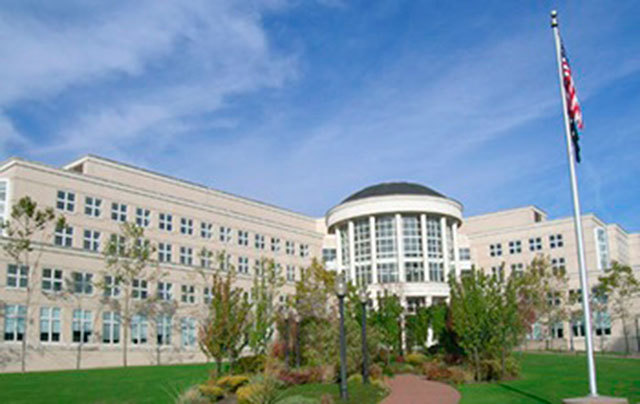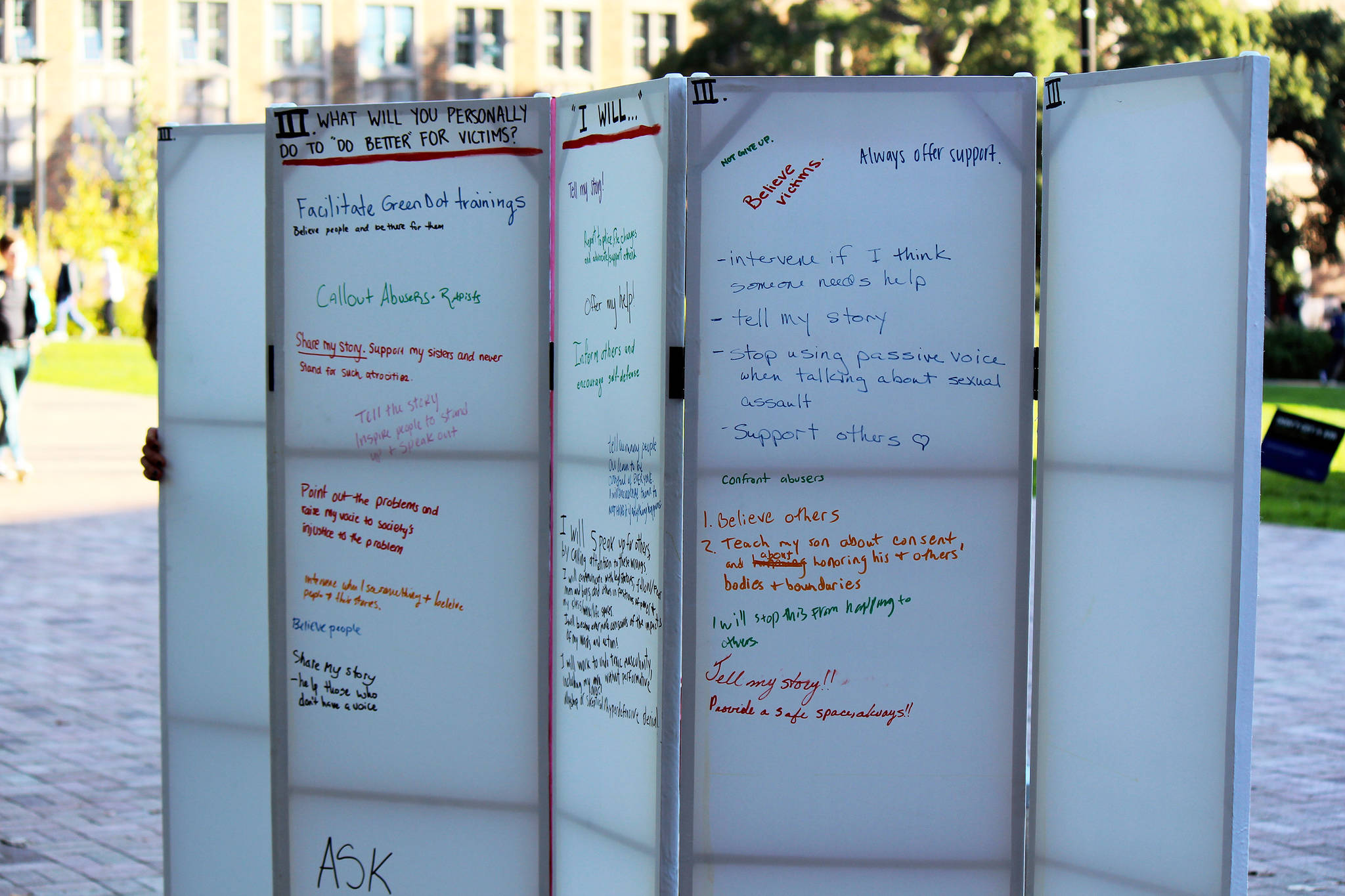It’s the middle of the day in the middle of the week in the deep, dark, gridlocked heart of Viadoom, and Gary Brose, owner of several package-courier companies including Fleetfoot Messenger Service, has just picked me up from Seattle Weekly’s office in Pioneer Square. We are about to try something that, arguably, very, very few Seattleites have ever dared try.
We are hunting for traffic.
Specifically, my inane query is this: Given the terrified forecasts that preceded the two-week closure of the Alaskan Way Viaduct (which miraculously became a one-week closure on Sunday when it reopened six days ahead of schedule), how does someone who drives around the city for a living—and who advises a fleet of drivers how to drive around the city for a living—survive in such conditions? How does he cope when 90,000 cars from SR-99 are shoved onto side streets and already-clogged major arteries, including the dreaded I-5? Local data company INRIX predicted that the Seattle area’s heinous I-5 commute times could be up to 50 percent longer than usual. What traffic wizardry does Brose have tucked up his magician’s sleeve?
I climb into Brose’s shiny RAV4 and sit tight. I’m riding shotgun with a real guru, the kind of guy who’s lived in Seattle for 35 years and has been driving professionally for almost that long. He will know what to do.
Within a few minutes of pulling off of Third Avenue South, though, Brose shakes his head. “I hate to be a pessimist,” he says, grimly. “But I’m not sure this is gonna end up being a great story. The traffic is not that bad. I’m flabbergasted. There are 90,000 cars that [the closure] misplaced, that are gonna hit the streets. And I’m not seeing them.”
Granted, we’re crossing town at noon. “The commute is a different story,” he concedes as we move along at a reasonable clip from Pioneer Square to Eastlake, which he says is a typical inner-city assignment for many of his couriers. “That is definitely more difficult. But that’s difficult every day. We always plan ahead for that. This now? This is, like, nothing. This is just mind-boggling to me.”
He’s boggled, in part, because he feels sheepish.
“I made a joke to multiple people—and now I gotta eat my words—about the fact that the city’s best suggestion on how to deal with this is not to drive,” he says. (Indeed, “Work From Home” came in third on the official list of options the Washington and Seattle departments of transportation and other involved agencies released to help people navigate the mess.) “And I thought, well, that isn’t much of a suggestion. We’ve all got work to do. And yet I’m kinda getting the impression that that’s what happened. People got so scared, maybe people were thinking if they don’t have to go to Seattle during those two weeks, they decided they’re definitely not going.
“I told everybody that this was gonna be the worst traffic Seattle has ever seen! Well. There’s the end of my prediction career.” Now, to be fair, closing the viaduct had some major impacts on traffic, there’s no question about that.
“People coming in from further distances … I don’t think they would have a perspective that [traffic] was better than usual,” says SDOT Transportation Operations Director Mark Bandy.
But overall, was this Viadoom a Viadud, relatively speaking? Brose isn’t the only one pleasantly surprised by the overall lack of snarls. KIRO carried an online story with the headline: “Smooth viaduct closure traffic.” And from The Seattle Times: “Slow go, but not so bad”.
There’s data to back that up. On Thursday, INRIX, the company that had suggested I-5 commuters could expect time and a half, reported that the reality wasn’t so grim. The firm found that travel times on I-5 weren’t more than about five minutes longer. Travel times on the West Seattle Bridge didn’t increase by more than about five minutes, either. Same for I-90 westbound.
SDOT is loath to sound overly positive about the traffic. “Some areas had less traffic, and feel to people certainly better than they expected, even better than what was going on on a typical weekday,” says Bandy. “And there were areas that were worse.”
One thing that is certainly worse: the margin of error. When there’s a collision, Bandy says, it backs things up far more dramatically than usual. Plus, the whole thing fluctuates. “Having seen long closures like this before in my career,” he says, “Often you’ll see in the first days, there are a lot of people who kind of stay away. And then things go better than they thought they would. And then they come back and have a really bad day. A horrific day. So then people react again: ‘Oh, it really was gonna be bad,’ ” and the cycle continues. Still, he says, while Seattle “had a taste of that” during this one-week Viadoom, it was “not to the degree I expected.”
He takes care to note that SDOT and other agencies did things to combat the doom, such as lengthening traffic-signal times in the north- and southbound directions, or adding several extra crews to the teams that usually respond to traffic accidents.
But in some cases, Brose’s analysis rings pretty true. During Viadoom, people may have actually chosen what they are capable of choosing—not to drive. “Across the Aurora Bridge, volumes as we’ve measured them have been notably lower than on typical weekdays,” Bandy says. “That’s a reflection of people shifting to transit,” or just deciding “to not make that trip.” Brose and I head through Eastlake,over the University Bridge, and then turn left on Northeast 45th Street to connect back to I-5 southbound, just to see. No dice. Everything’s moving at a solid 50 mph. The closest thing to gridlock that Brose and I eventually find is a line of cars waiting for a stopped train along the tracks in SoDo. That, of course, has nothing to do with SR 99.
“I’m sort of running out of ideas on where to find this traffic,” Brose says. “This is a different take on the Seattle scene! ‘We tried to desperately to find more traffic. We couldn’t do it.’ ”
So I ask for some traffic wisdom. He’s got a few pearls, such as the importance of being vigilant about what lane you’re in (nothing messes with traffic more than “Right turn only? Wait a minute, I didn’t mean to do that”) and the importance of not, if at all possible, blocking an intersection (“It’s a ripple effect; as soon as that starts happening, you’re toast”). Another pro tip: Avoid Denny Way and Mercer Avenue like the plague.
But mostly, Brose’s advice rests on something you already knew: Rush hour is a bitch.
“Probably 15 years ago, our busiest hour was between 4 and 5 p.m.,” he says of his couriers’ work, which includes business-to-business and business-to-consumer package deliveries. “We were able to do these one-hour rushes before people closed at 5 o’clock. Now, that’s just a fantasy. Literally.”
Yep, clear roads at 4 p.m.? That is a fantasy. Still, based on the only-slightly-worse traffic this week, there’s no doubt about it: Some people stayed home. This strikes me as something valuable for the city of Seattle to know. When drivers become miserable enough—or threatened with enough misery—they don’t drive.
But maybe that’s only because it’s temporary. “I really believe this is a lot different than what we might see if this were permanent,” Brose says. “If [the viaduct] was gone and we couldn’t use it at all, then I think we’d be seeing a different picture. You can’t just avoid going downtown forever.”








